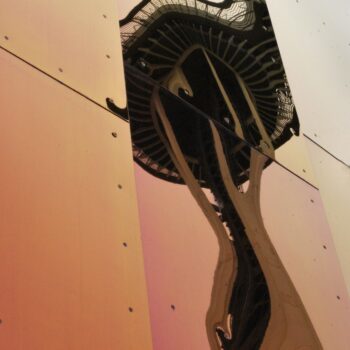
Double Your Profits in Two Years or Less
Steklarna Hrastnik is the dramatic illustration of how the power of people was leveraged to turn around an ailing Slovenian glass manufacturer, which had lost touch with the times and the energy needed for high performance. Identifying and encouraging talents, developing people, providing freedom for individual initiative and ensuring attractive levels of compensation were keys to converting Steklarna’s people into an engine to drive growth and profitability. The company’s commitment to values of purity, passion and heart may sound dreamy to some, but their impact on performance has been concrete and tangible. Originally founded in 1790, the company descended from a long tradition of quality and innovation in the craft of glassmaking. In spite of investing in latest technology, it approached the brink of bankruptcy in 2010. To avert closure, the owner brought in Andre Bozic of B & B consulting as General Manager. Bozic found the company’s employees listless, apathetic, discouraged, frightened, angry and trapped in a downward spiral. He knew that his most urgent challenge was to win the enthusiastic support of employees to usher in rapid, radical change. Together with his wife Ksenija Bozic, who came in as an external consultant, he made the people – not customers, not production, not even profit – his prime target. The first objective was to raise self-esteem, self-respect and self-confidence by implementing a comprehensive human resource development plan to promote a corporate learning culture and create a more attractive and interesting working environment. They also focused on improving the health and well-being of employees through recreational and athletic activities. Workplace injuries declined by two-thirds. Sickness benefits dropped by 36 percent. Over the next five years energizing people helped Steklarna convert losses of 3.2 million euros into a net profit of 4.2 million euros. That’s the power of people!
Straightening the Leaning Tower
When Iacocca took over as president of Chrysler, he discovered the company was a virtual leaning tower like its namesake in Pisa. It had a strong tradition of leading-edge technological innovation and prided itself as a technology driven company. The design engineers repeatedly came up with original inventions that the market was not ready for – like the first aerodynamically designed car body during the 1930s or the first push-button transmission in the 1950s. The engineers at Chrysler set the stage and called the shots. The job of the marketing people was to sell what they designed. Lee Iacocca was an engineer, but one who had worked for decades in sales and marketing at Ford, where he participated in the design and launch of the highly successful Ford Mustang, Escort and other bestsellers. He understood engineering but he also understood how to listen to customers and read the needs of the market. When he took over at Chrysler, the first thing he did was to break down the insular walls encircling the engineering department and bring design and marketing people together to create new products that would sell. Iacocca removed the inbuilt bias and placed design and marketing on an equal footing at Chrysler. The market responded magnificently. The highly successful Chrysler Minivan and K-car were early products of their collaboration.
- Posted by Garry Jacobs
- On December 2, 2015
- 0 Comment


Leave Reply